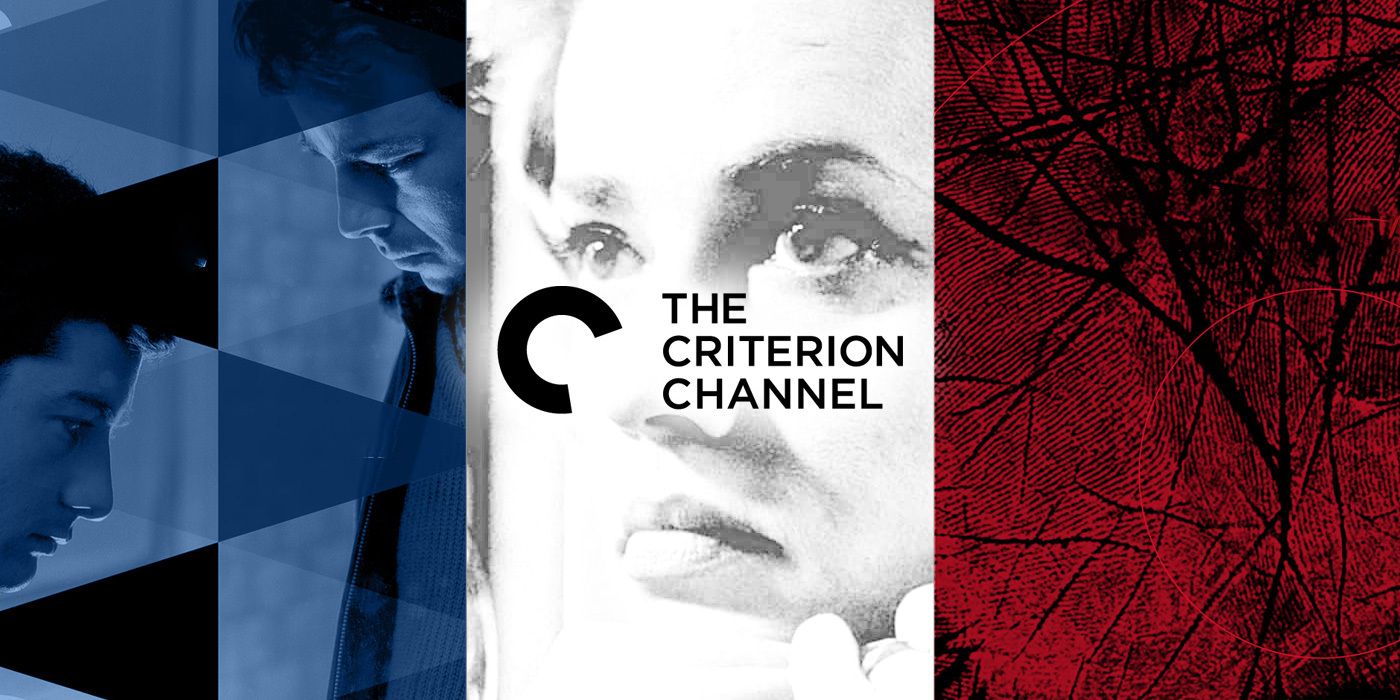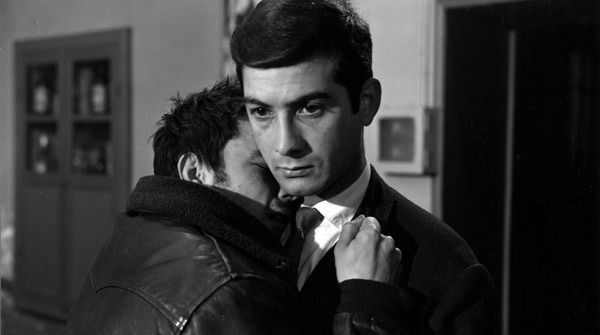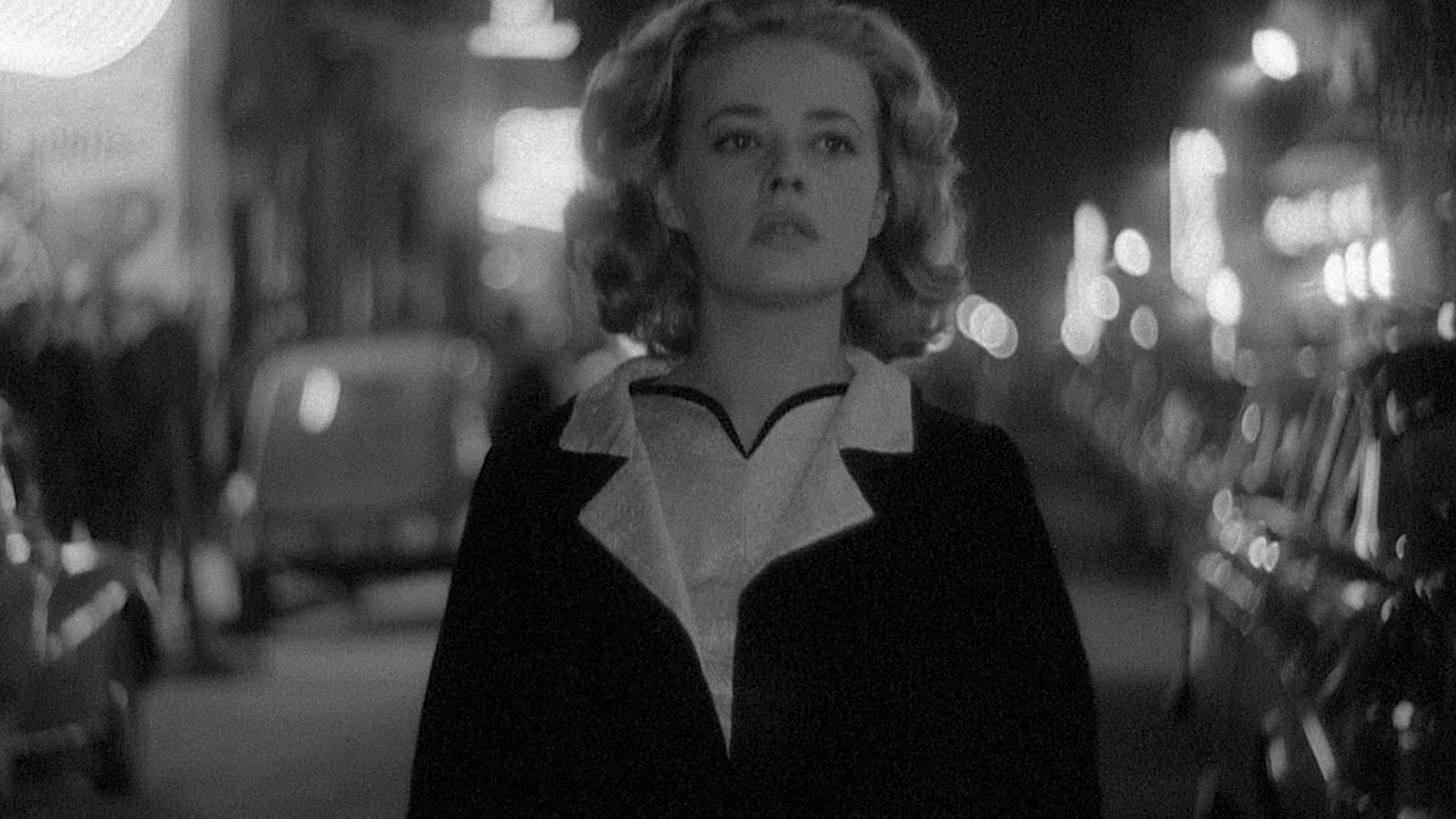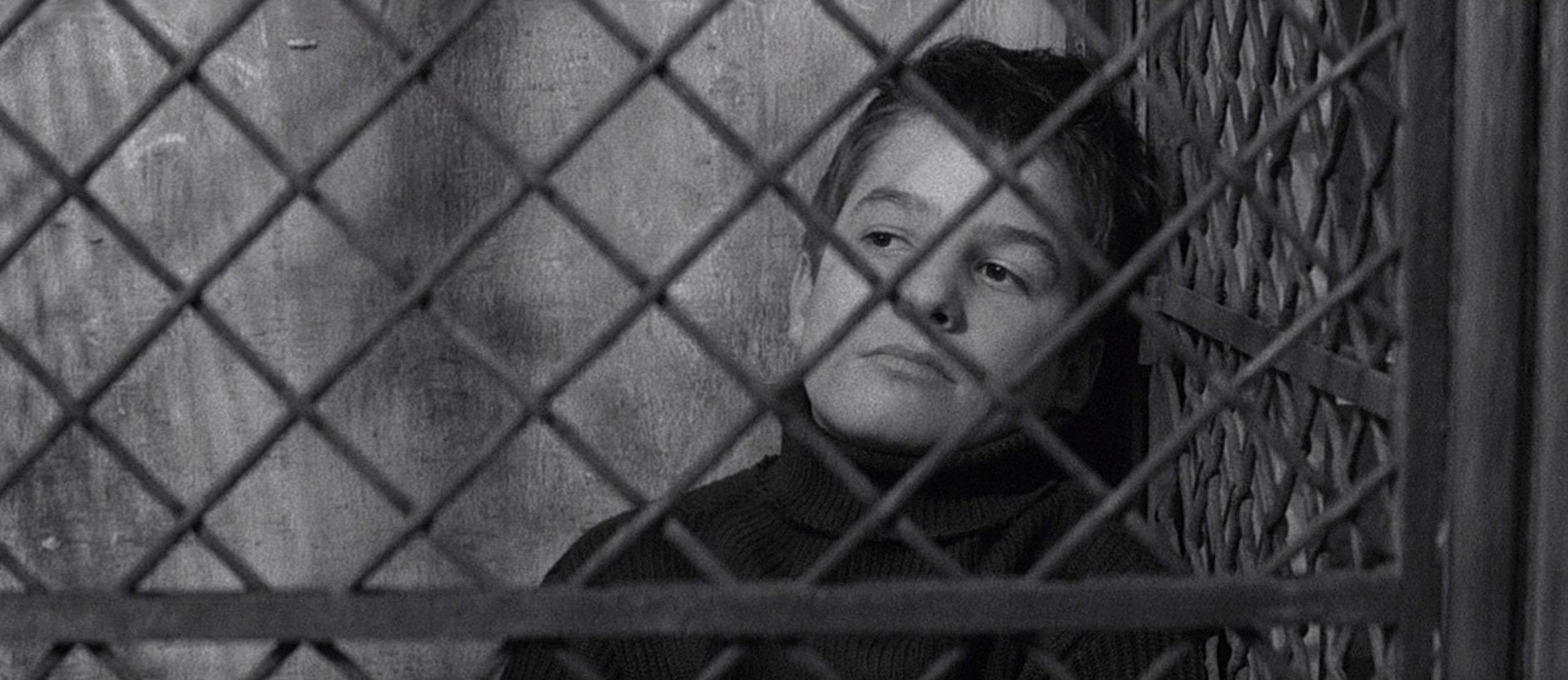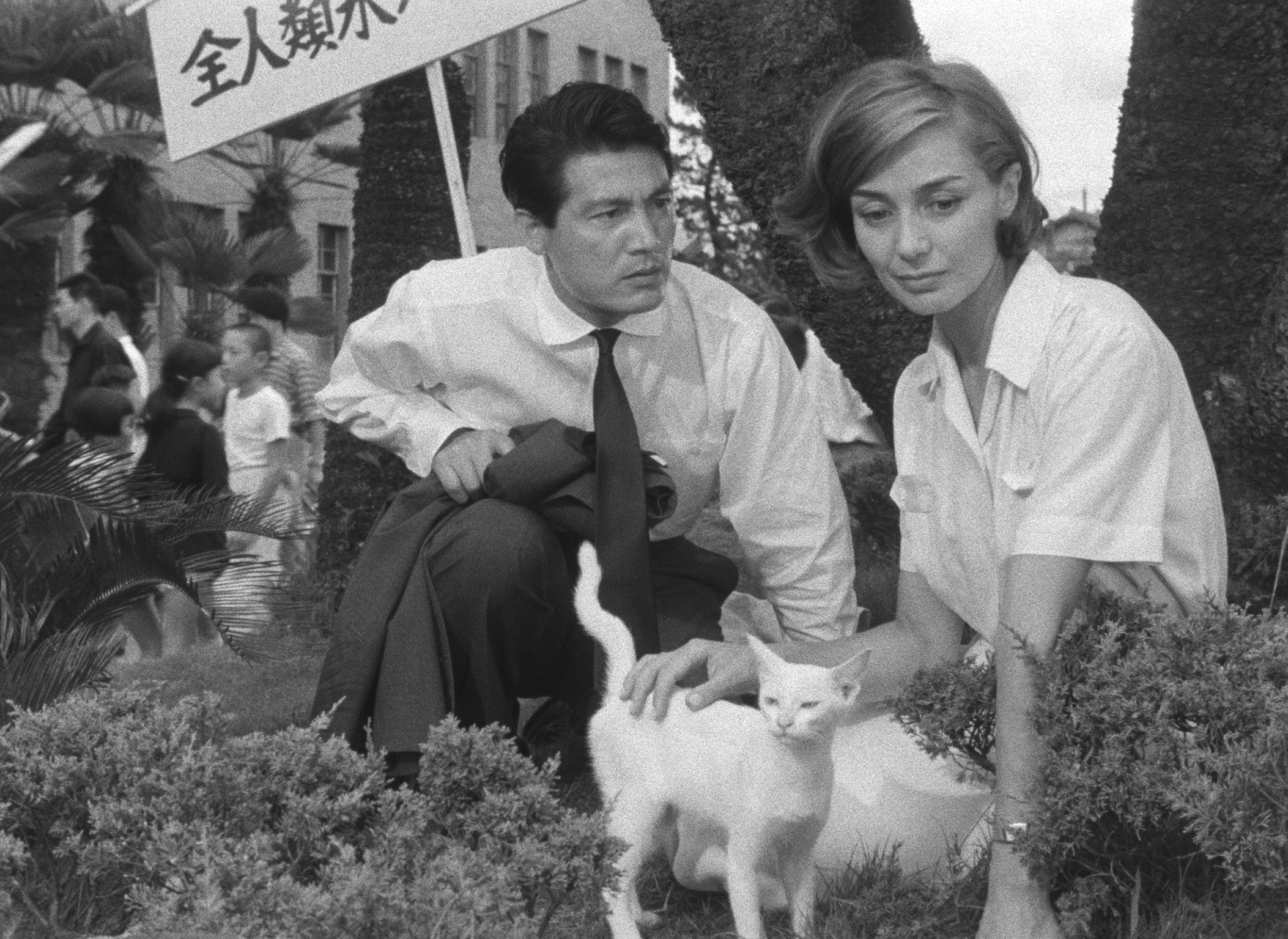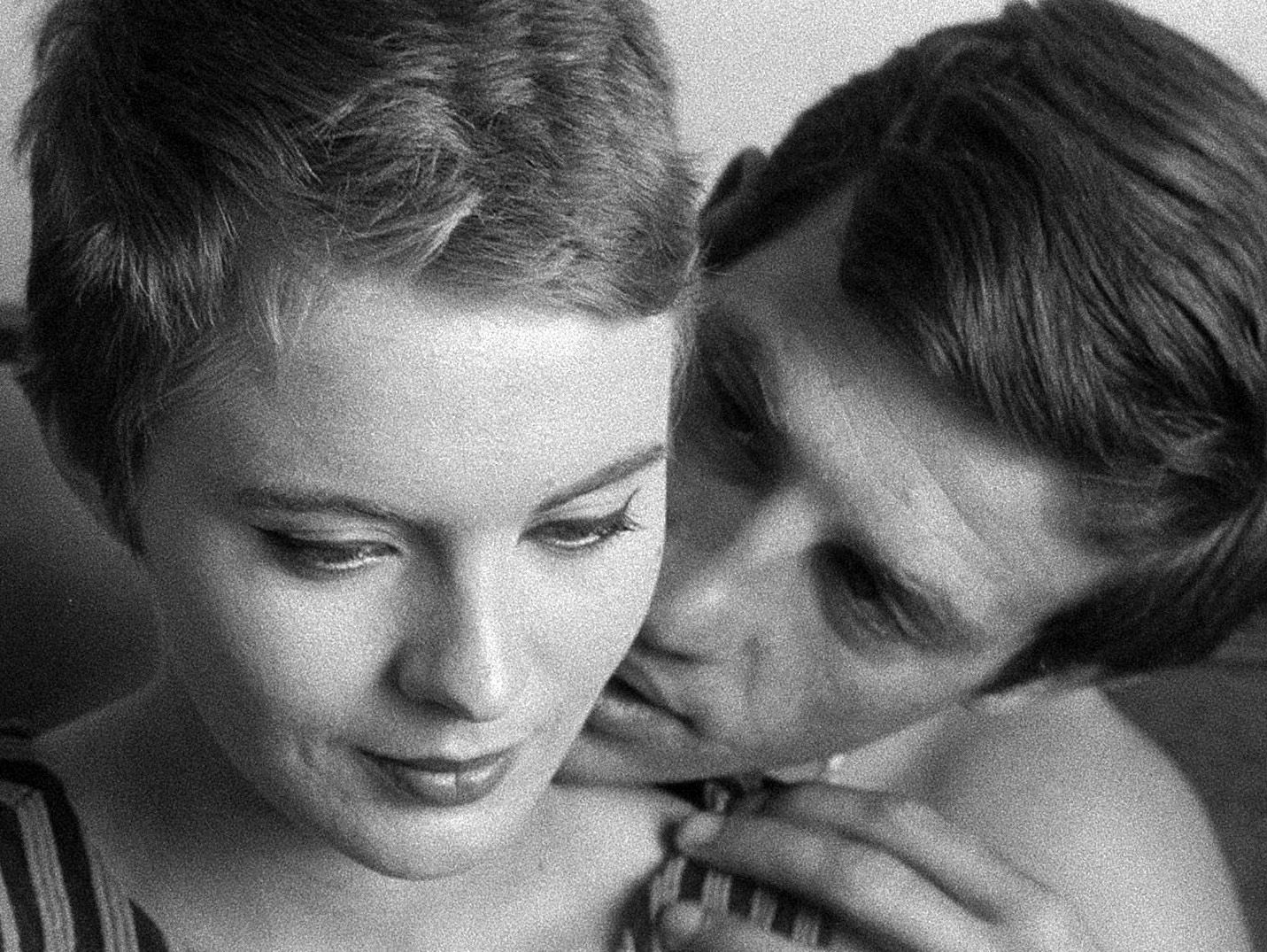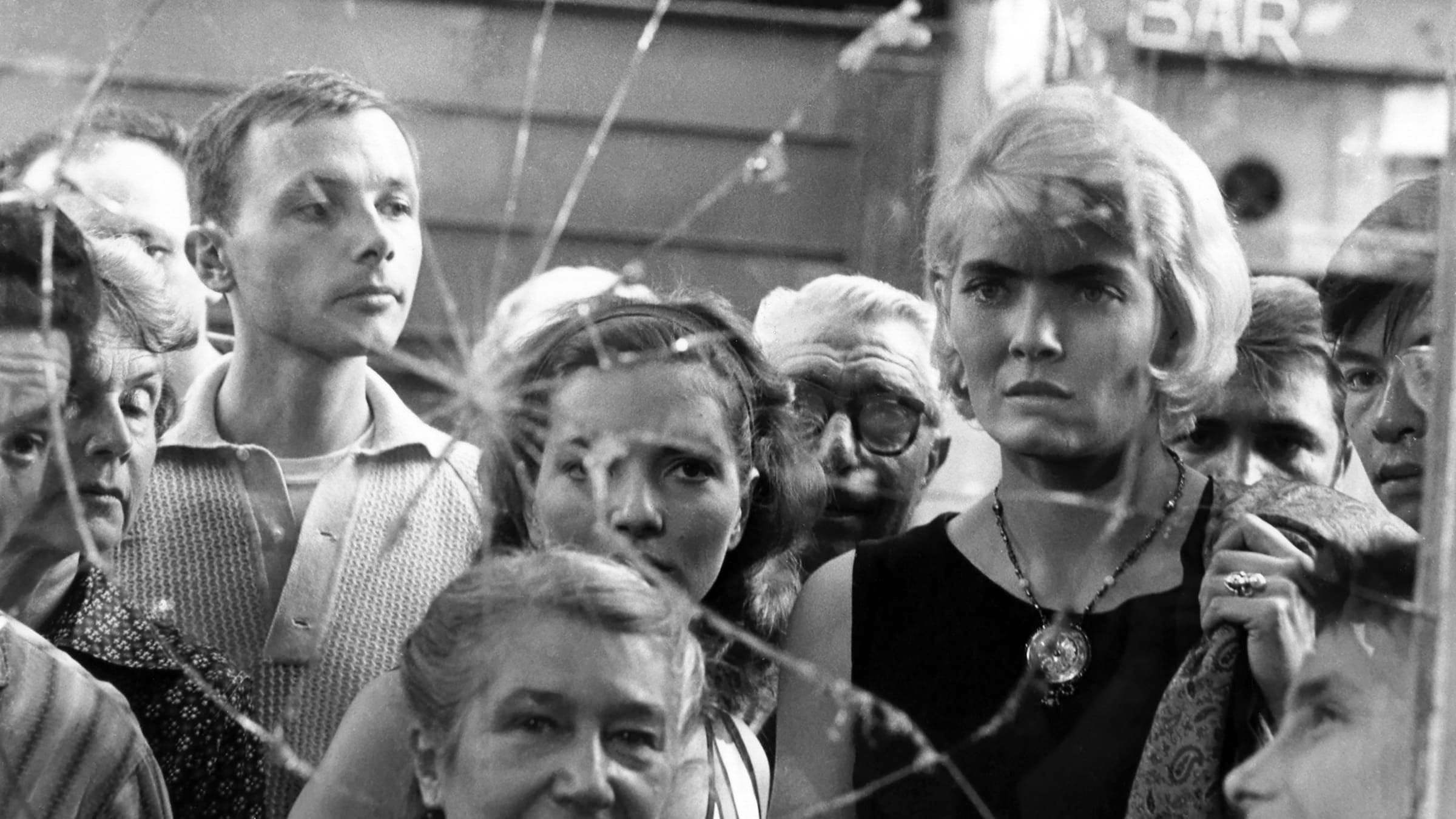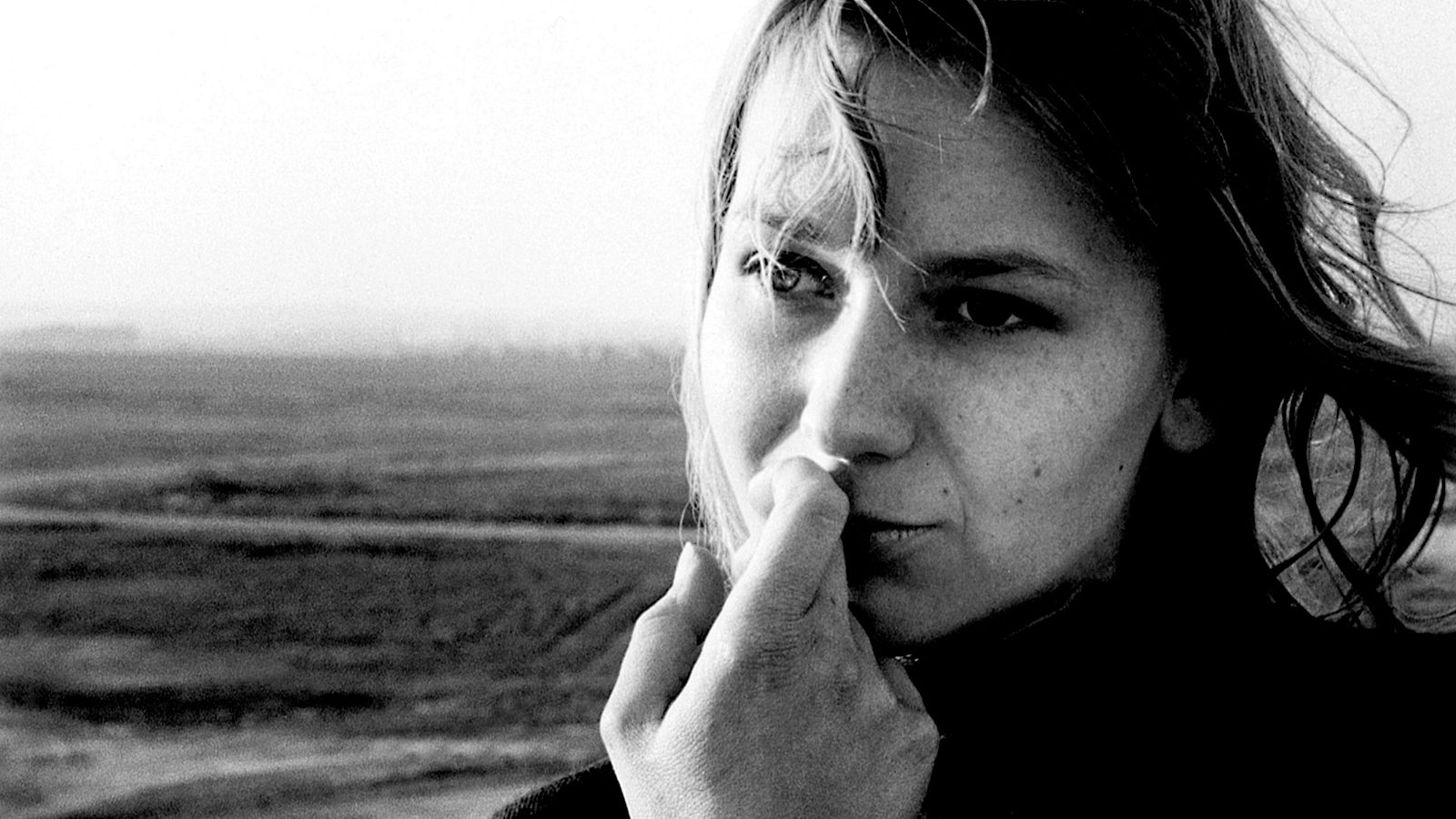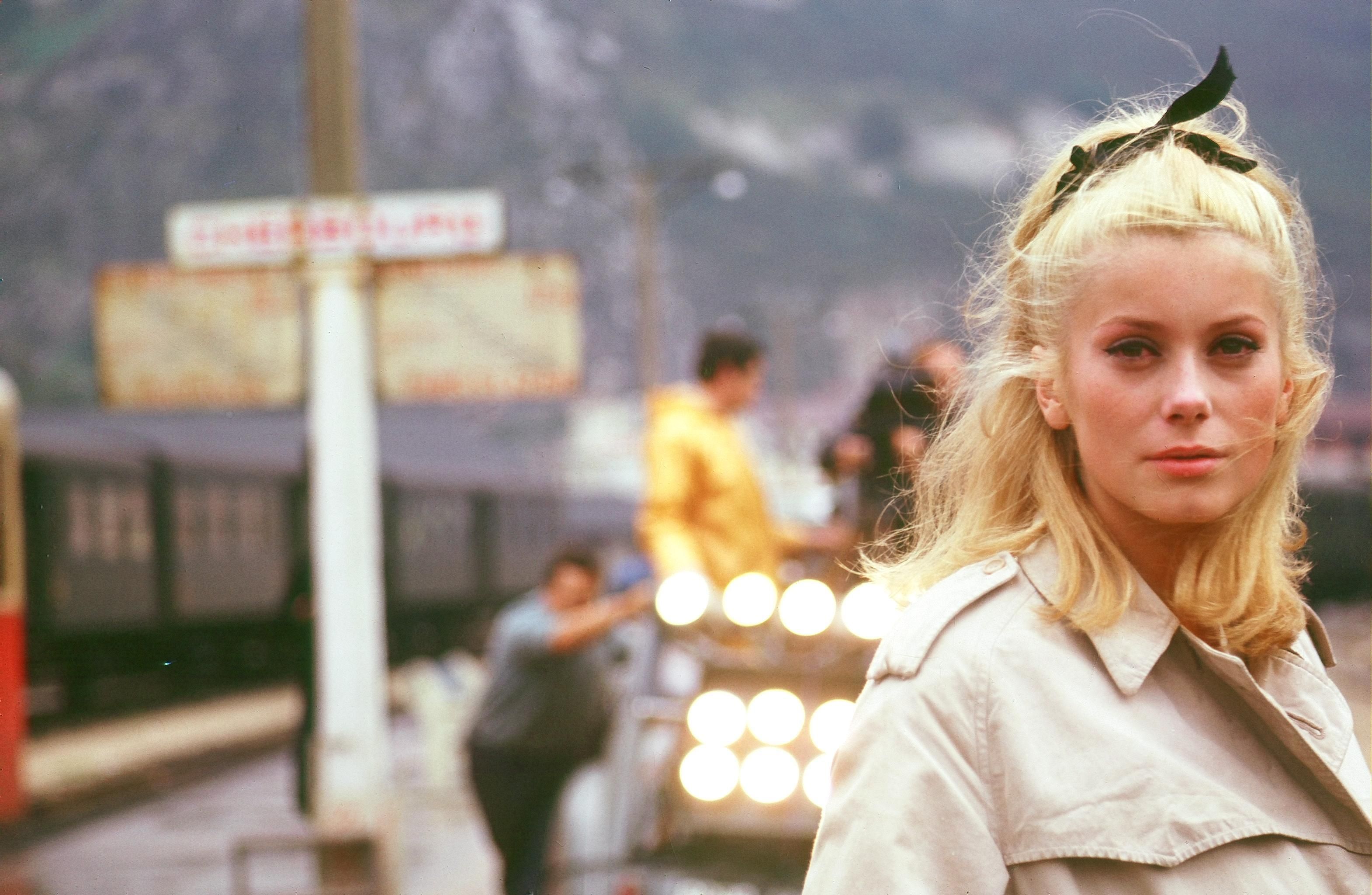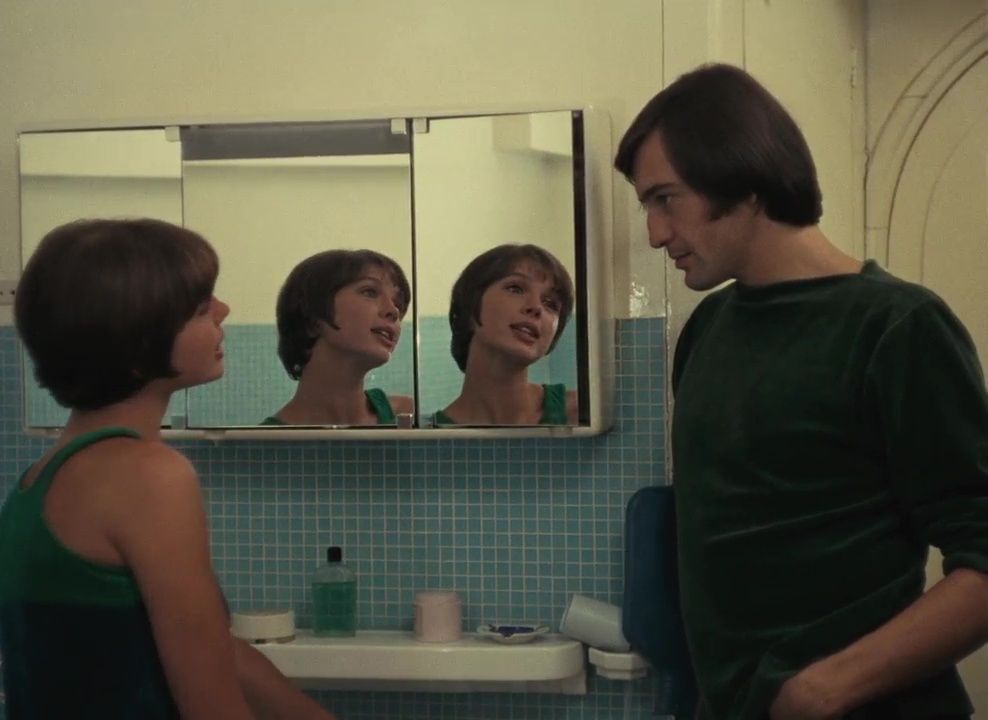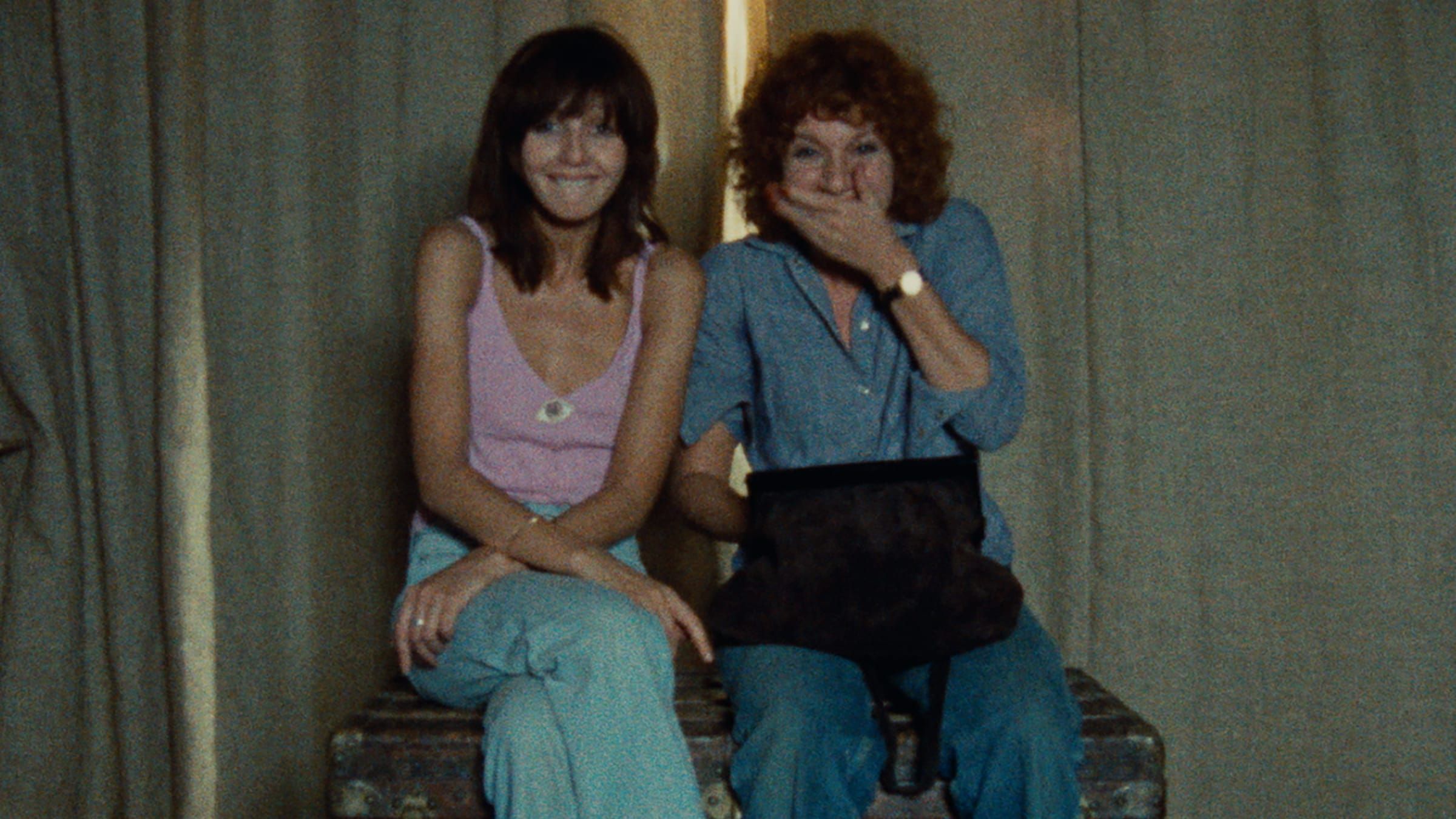Forever altering the course of cinematic history and pioneering innovative filmic techniques that are now commonplace in mainstream movies, the French New Wave is one of the most important and influential film movements of the 20th century. Started in the late ’50s by a group of critics from the French film magazine Cahiers du Cinéma (including François Truffaut and Jean-Luc Godard), the French New Wave discarded all preconceived ideas and rules of cinema established from the previous 50 years of film history, resulting in a slew of daring and reactionary films.
Drawing inspiration from gritty film movements such as Italian Neorealism, the French New Wave toted freewheeling narratives and captured a sense of social realism lacking in mainstream French films of the time. Through its popularity from landmark films such as Breathless and Truffaut’s The 400 Blows, the overall ethos of the movement gained recognition in the mainstream. Though we may see its influence in the films of today, the effervescence and cinematic coolness of the French New Wave has never quite been replicated. Here are 10 essential cinematic staples from the movement that are streaming now on The Criterion Channel.
Le Beau Serge (1958)
Technically considered to be the first French New Wave film release, Claude Chabrol’s Le Beau Serge reveals the influence of Italian Neorealism that the movement is rooted in. Shot in the quaint French village of Sardent on a budget of around $55,000, the film centers around François (New Wave regular Jean-Claude Brialy) and his tenuous relationship with his cousin, the irresponsible Serge (Gérard Blain).
Chabrol immerses this central narrative conflict in the color and personality of the village in which it is shot, providing a warming glimpse into the villagers’ way of life without avoiding the hardships they have to face. Brialy and Blain would later star in Chabrol’s next feature, the more technically ambitious Les Cousins, but it is here that the French New Wave found its footing and would continue to blossom through more adventurous narratives and methods of filming.
Elevator to the Gallows (1958)
Featuring a moody, atmospheric score from none other than jazz legend Miles Davis, noir-ish cinematography from New Wave regular Henri Decaë, and a breakout performance from the beautiful Jeanne Moreau, Louis Malle’s feature-length debut Elevator to the Gallows is a pulpy, riveting crime drama. The constantly morphing plot follows three separate narrative threads which occasionally intersect: Moreau waiting for her lover Julien (Maurice Ronet) whom she has tasked with the deed of offing her industrialist husband; Julien stuck in an elevator post-deed in the midst of trying to remove a piece of exonerating evidence; and two young lovers taking off in Julien’s car, wreaking havoc along the way.
While the film’s plot is interesting enough on its own, Elevator to the Gallows is elevated (no pun intended) by Moreau’s captivating screen presence. The film’s most compelling scenes consist merely of Moreau wandering down Paris streets sans dialogue, lit only by street lights (given the film’s low budget, lighting had to be practical) and accompanied by nothing other than Davis’ achingly lonely score. While it might not be as well remembered as some of the other films on this list, Elevator to the Gallows is worth seeing just for its gritty style, beautiful score, and seminal performance from one of France’s greatest screen icons.
The 400 Blows (1959)
François Truffaut’s debut feature film The 400 Blows is not only a quintessential French New Wave film, but also a landmark in the coming-of-age genre. The film follows Antoine Doinel (played by New Wave regular Jean-Pierre Léaud), a troublemaking adolescent who frequently clashes with his superiors, whether they be school teachers or his own parents. Truffaut’s depiction of Doinel’s life, which is said to be semi-autobiographical, is handled with such empathy and dimension that it is near impossible not to connect with the character and his experiences over the course of the film.
As is the case with many French New Wave films, The 400 Blows does not shy away from delving into pressing social issues, serving as a haunting indictment of French society’s treatment of children. This message is amplified by Léaud’s iconic performance in what was his first major film role. And then of course, there is the legendary final shot, which embodies the rebellious nature of the French New Wave itself.
Hiroshima Mon Amour (1959)
Alain Resnais’s Hiroshima Mon Amour is certainly one of the most influential films on this list. Described by Godard as “the first film without any cinematic references,” the film’s use of editing was groundbreaking for its time. Depicting a doomed romance between an unnamed couple (Emmanuelle Riva and Eiji Okada), the film captures their conversational reflections on their separate experiences during World War II, which are interspersed throughout the main narrative along with a barrage of flashbacks and archival WWII footage.
Hiroshima Mon Amour’s non-linear editing and narrative is not only strikingly original, but is also what gives the film its emotional resonance. The film plays out like a poetic stream of consciousness, and has undoubtedly influenced many films in its wake—most notably Andrei Tarkovsky’s Mirror, which also uses a similar structure to depict a subjective and emotionally-charged rumination on a protagonist’s experiences of life during WWII. Melding the political with the personal in a cinematically singular way, Hiroshima Mon Amour is perhaps the most visually poetic film of the French New Wave.
Breathless (1960)
As Criterion explains it in their synopsis of the film: “There was before Breathless, and there was after Breathless.” Jean-Luc Godard’s debut is most likely the film that comes to people’s minds when they think of the French New Wave, for there is no other film that quite captures its rebelliously cool and revolutionarily freewheeling spirit. Popularizing the “jump cut,” a technique in which one single shot contains several edits, and sporting a non-conventional narrative (there is a 25-minute scene smack dab in the middle of the film depicting the two main characters in a hotel room talking about everything and nothing), Breathless completely does away with the “rules” of cinema, creating something entirely new in its wake.
The film follows petty criminal turned cop killer Michel (Jean-Paul Belmondo) and his evasion of the authorities alongside his American girlfriend Patricia (Jean Seberg), whom he plans on taking with him on his getaway to Italy. The characters in Breathless are just as freewheeling as its narrative, spouting philosophically existential musings at the drop of a hat and living their lives with an anything-goes attitude. From its idiosyncratic characters to its jazzy score from Martial Solal, Breathless is the definition of cinematic cool, and is debatably the most influential film to come out of the French New Wave.
Cléo From 5 to 7 (1962)
Considered a part of the “Left Bank,” a separate branch within the French New Wave, Agnès Varda’s Cléo From 5 to 7 is an intimate character study that is tense and somber, yet strangely uplifting. As the title suggests, the film follows Cléo (Corinne Marchand) going about her day in seemingly real time from 5 p.m. to 6:30 p.m. (contrary to what the title suggests) as she awaits test results that will confirm whether or not she has cancer.
Running into old friends and even starting up a potential relationship with a French soldier, the interactions that Cléo has throughout the film provide haunting reflections on the fragility of human life and the inevitability of mortality. The film transcends its gritty realism at times by including a mesmerizing and heartbreaking musical number sung by Marchand and even featuring a quirky short film which features cameo appearances by several New Wave figures, such as Godard and Anna Karina.
La Jetée (1962)
Another “Left Bank” film, Chris Marker’s “La Jetée” is a cinematically singular rumination on love, memory, time, war, life, and death. And with the exception of one shot, it is entirely told through a montage of still images and voiceover narration. Preceded by an unsettlingly apocalyptic and tone-setting choral refrain in its opening, “La Jetée” depicts the time-bending journey of an unnamed protagonist (Davos Hanich) who is haunted by the memory of viewing a beautiful woman (Hélène Châtelain) on a pier where he was a child right at the moment in which World War III broke out. The film’s conclusion is perhaps one of the most haunting and unexpected twist endings in cinematic history.
A direct influence on Terry Gilliam’s 1995 sci-fi flick 12 Monkeys, La Jetée uses its unconventional narrative approach to mesmerizing results. The film, a mere 28 minutes long, plays out like a visual archive of memory accessed through nostalgia and longing for the impossible simplicity of a lost past, complete with nods to Alfred Hitchcock’s Vertigo, a film which similarly explores nostalgia and longing for the past.
The Umbrellas of Cherbourg (1964)
Directed by the king of French musicals, Jacques Demy, The Umbrellas of Cherbourg is a kaleidoscopic fairy tale which packs an intense emotional punch. The film stars the ethereally stunning Catherine Deneuve as Geneviève, a young woman whose relationship with auto mechanic Guy (Nino Castelnuovo) is put to a devastating halt when he is drafted into the Algerian War. What ensues makes it one of the most endearing and tragic cinematic love stories of all time.
The story on its own couldn’t be more archetypal, but what elevates the film is Demy’s masterful treatment of the material. Shot in eye-popping Eastmancolor, the film is visual eye-candy, as the expressionistically artificial sets and lighting create something that not only adds to the fairy-tale quality of the story but becomes an artistically bold statement in and of itself. What also sets the film apart is the fact that it is essentially one long musical number, as all of the dialogue is sung instead of spoken, backed by Michel Legrand’s iconic orchestral score. The film is a modernist reimagining of the Hollywood musical, taking elements of old cinema while creating something entirely new in the process, and that alone embodies the spirit of the French New Wave.
La Collectionneuse (1967)
La Collectionneuse is director Eric Rohmer doing what he does best: filming attractive and horny people along the French countryside. The third of Rohmer’s Moral Tales and the first one to be given a feature-length treatment, the film depicts a love triangle between Adrien (Patrick Bauchau), Daniel (Daniel Pommereulle), and Haydée (Haydée Politoff), whom the former two deem a floozy (or as they say, a “collector”) due to her countless sexual escapades with other men.
La Collectionneuse plays out almost like a cinematic chess game, with each main character making a strategic move to influence the other two, ensuing a battle of the sexes that is both tongue-in-cheek and philosophical, given further depth from Adrien’s first-person narration. With its playful use of editing and naturalistic lighting, La Collectionneuse certainly fits right in with the ethos of the French New Wave, and is one of Rohmer’s most emblematic films.
Céline and Julie Go Boating (1974)
Jacques Rivette’s three-hour surrealist epic Céline and Julie Go Boating is an Alice in Wonderland-type fairytale gone New Wave. Considered to be one of the last New Wave films, it follows the titular protagonists (Juliet Berto and Dominique Labourier) as they try to piece together a metaphysical narrative which they have access to through psychotropic candy. And there’s also magic involved somewhere within there. As loopy as it sounds, the film not only works as a quirky buddy comedy, but also as an extremely meta analysis of the act of viewing a film.
Also notable is the film’s experimental approach to editing in order to tell its story: seemingly random shots thrown into the first half of the film later develop further and further into the narrative which Céline and Julie place themselves into as the film progresses. The film is a great introduction to the oddball cinema of Rivette, and a wonderful way to conclude a journey through the French New Wave.

